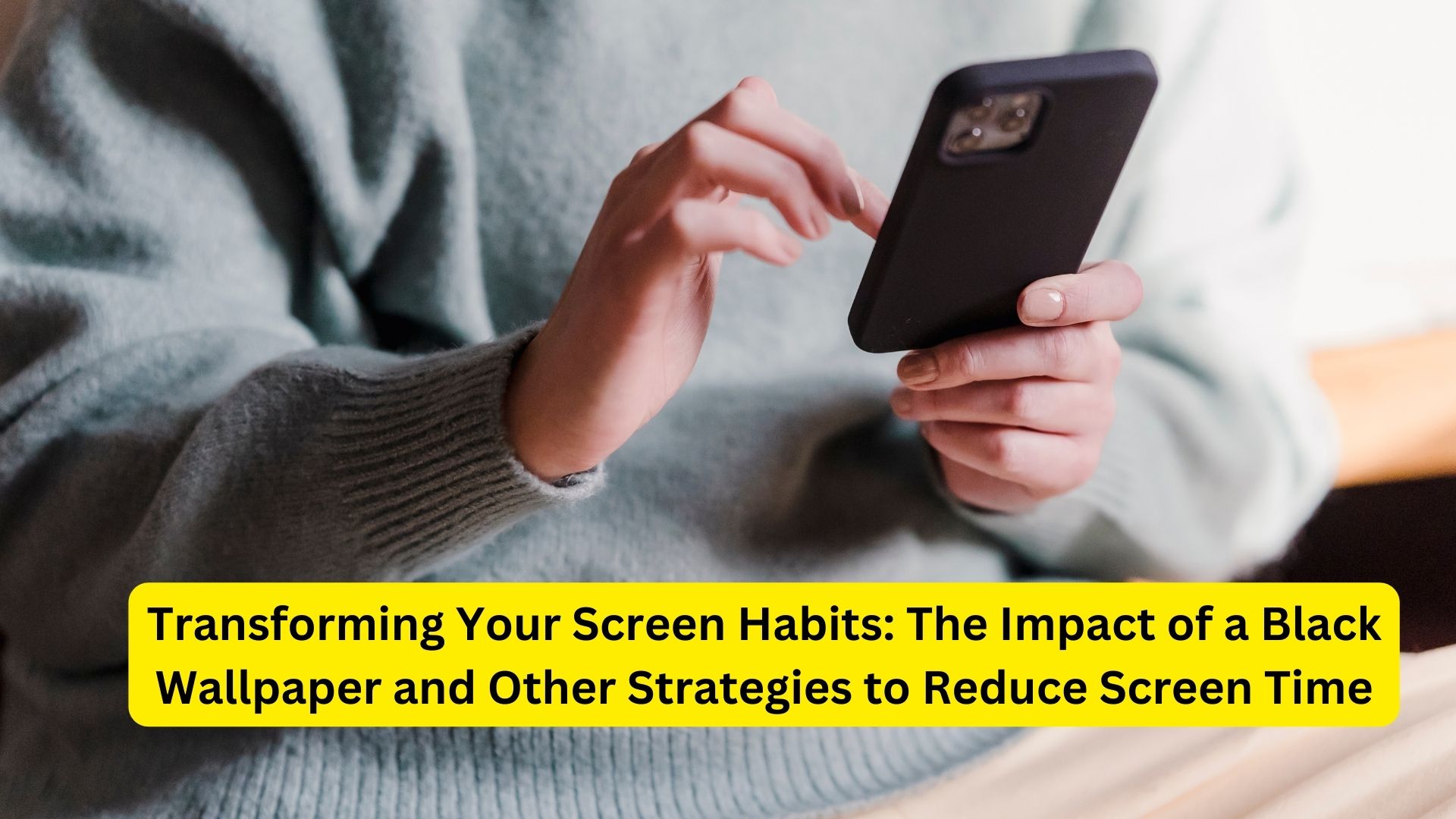
In contemporary society, smartphones have become integral companions, ensnaring us in a complex web of constant work emails, messages, social media alerts, and gaming notifications. This routine often leads to an excessive amount of screen time. A recent report by Vivo titled ‘Smartphones and their Impact on Human Relationships 2023’ offers revealing insights, indicating that 90% of individuals consider their phones essential.
The report also notes that 83% of children share this sentiment, feeling inseparable from their devices, with 91% experiencing anxiety when separated from them. Disturbingly, 89% of children compare their lives to online influencers, leading to dissatisfaction and even depression. These findings underscore the urgent need for a reassessment of our relationships with smartphones.
Catherine Price, author of the best-selling book “How to Break Up With Your Phone: The 30-Day Plan to Take Back Your Life,” emphasizes the need for a reset. She observes that during the pandemic, screen usage skyrocketed, blurring the boundaries between work and personal life and contributing to global feelings of burnout.
While screen addiction has not yet been classified as a disorder by psychiatric associations, Price points out that many time-consuming apps are designed to mimic addictive behavior, akin to slot machines. The addictive nature of these apps, she argues, is evident in the way users feel compelled to continue despite negative consequences.
To determine if you are addicted to your screen, Price suggests asking yourself crucial questions. Can you step away from your phone without anxiety or distress? If not, it may indicate an addictive relationship. Awareness is the first step towards change, and Price outlines a four-step approach:
Step 1: Awareness
Reflect on personal priorities, placing reminders of goals around your home and office. Acknowledge that time spent on the phone is time diverted from meaningful relationships and personal interests.
Step 2: Do the Math
Calculate the time spent on your phone annually. This figure serves as a powerful reminder of the time invested in your device, prompting a reconsideration of priorities.
Step 3: Make it Inconvenient
Move your phone charging point away from your bed, establish no-phone zones, and agree with friends and family to discourage phone usage. Designate meal times as no-phone time.
Step 4: Make Your Phone Unappealing
Adjust your phone settings to black or white, minimizing its visual appeal. Challenge the habit of placing frequently used apps on the home screen, deliberately hiding them from view.
Most Importantly: Educate Children Teach children not only about appropriate phone usage but also the business models behind these devices. Films like “The Social Dilemma” can help in understanding the impact of time spent on social media platforms on others’ revenue. Advocating for a mindful approach to technology is not about complete abandonment but recognizing the risks associated with certain apps and usage patterns.
Also Read
The Positive Impact of Taking a Break from Screens with a Digital Detox

2 thoughts on “Transforming Your Screen Habits: The Impact of a Black Wallpaper and Other Strategies to Reduce Screen Time”